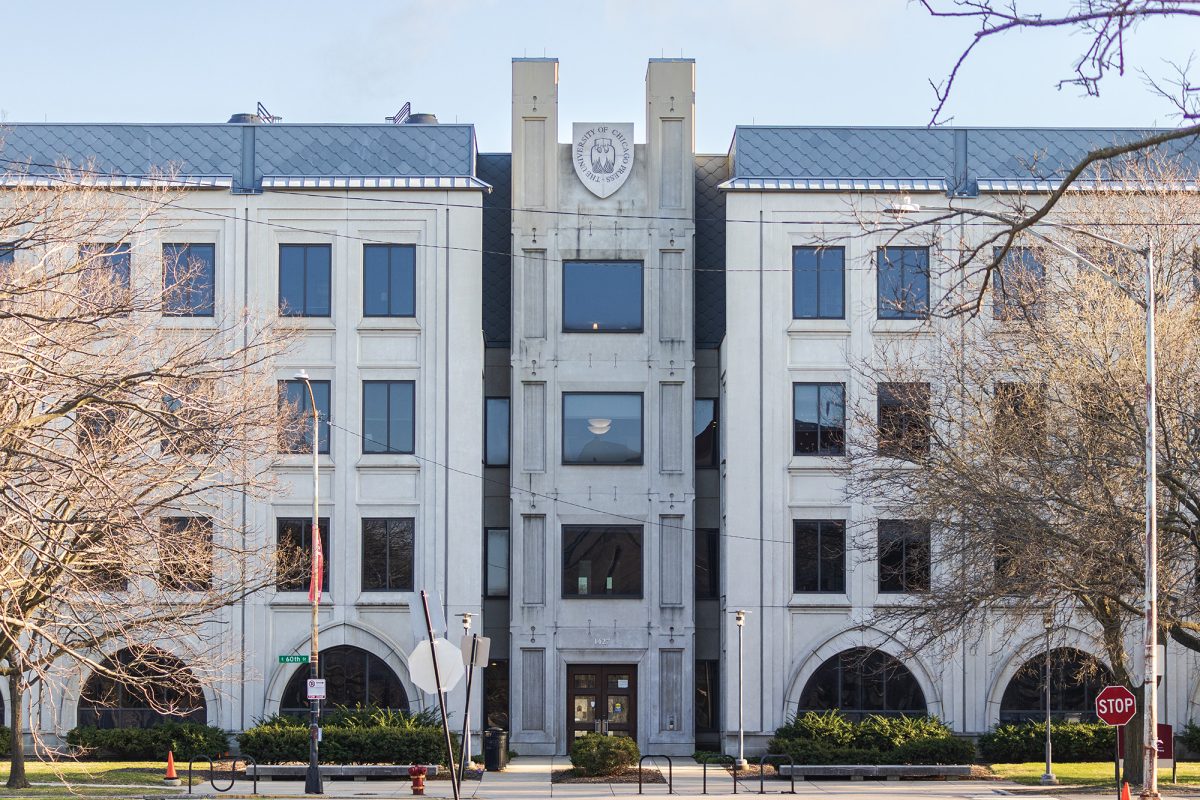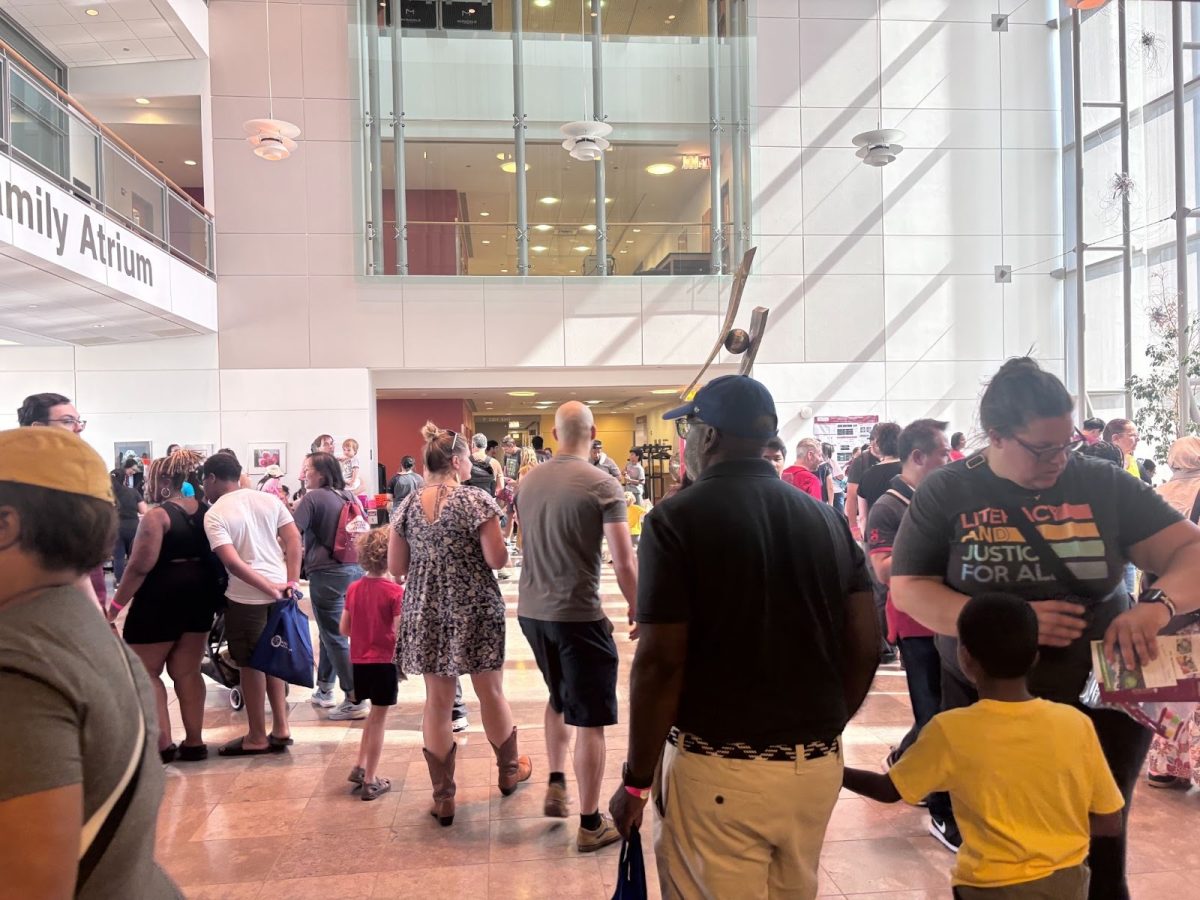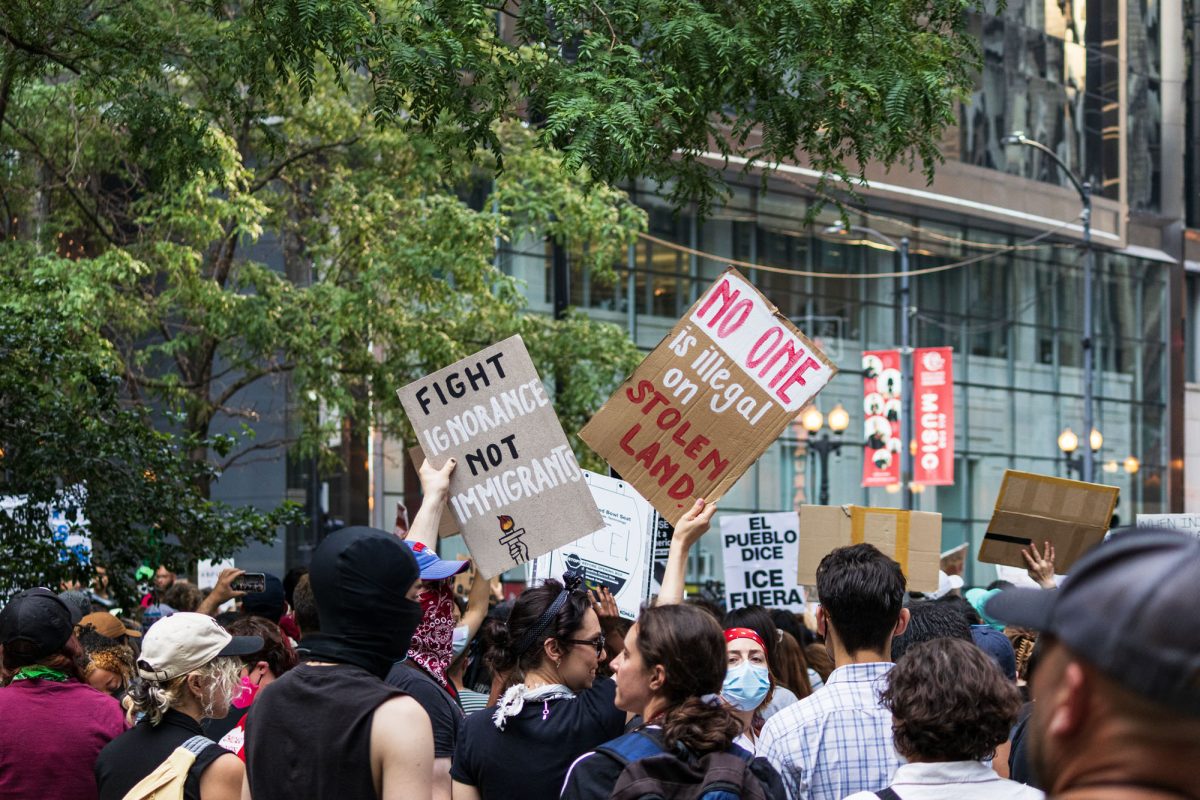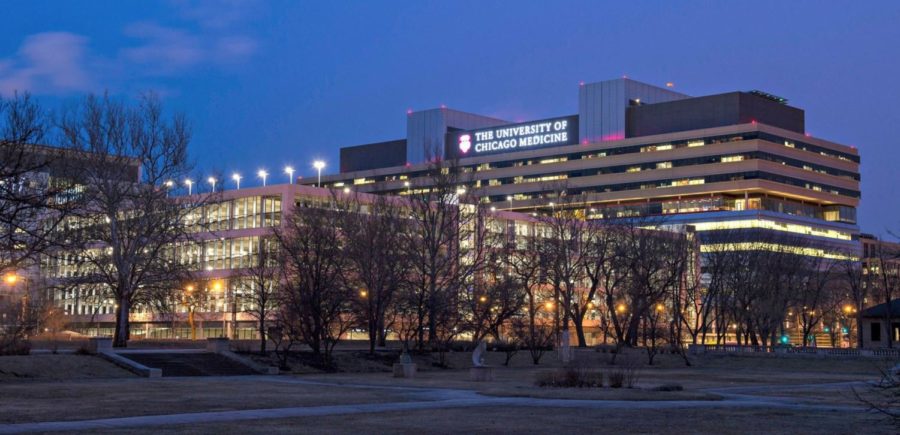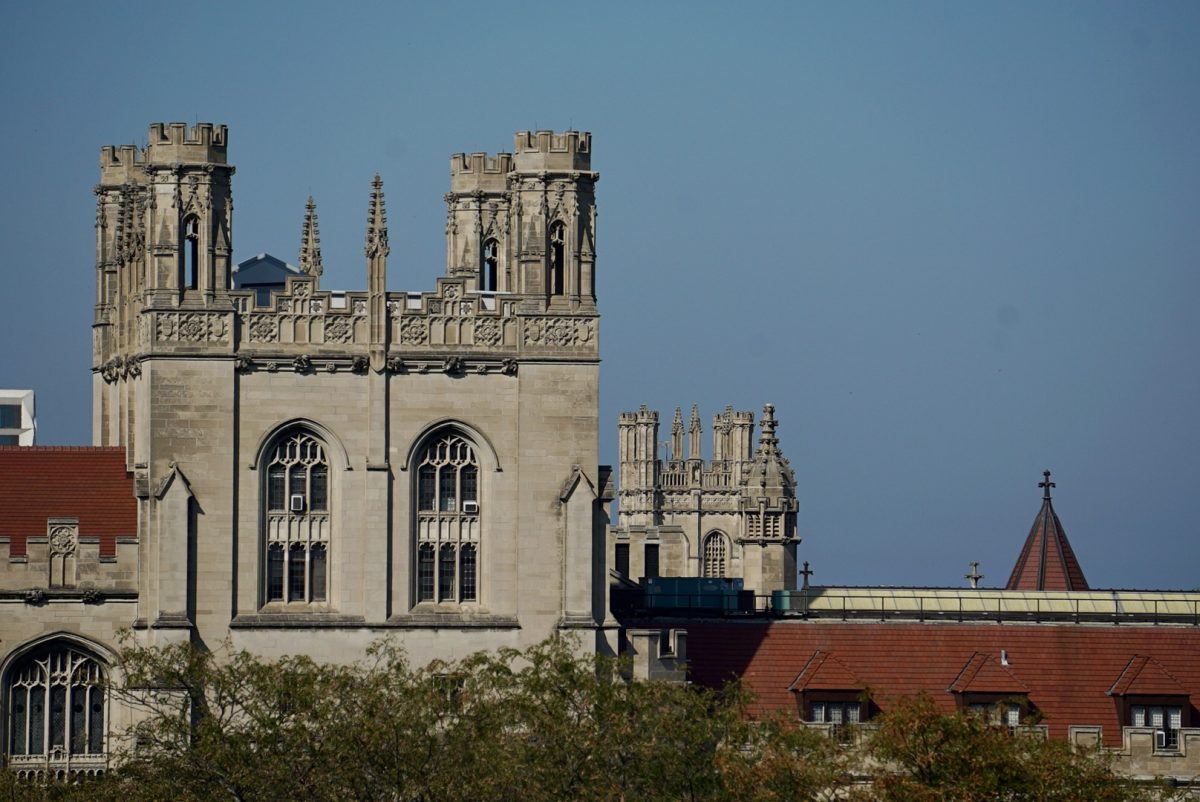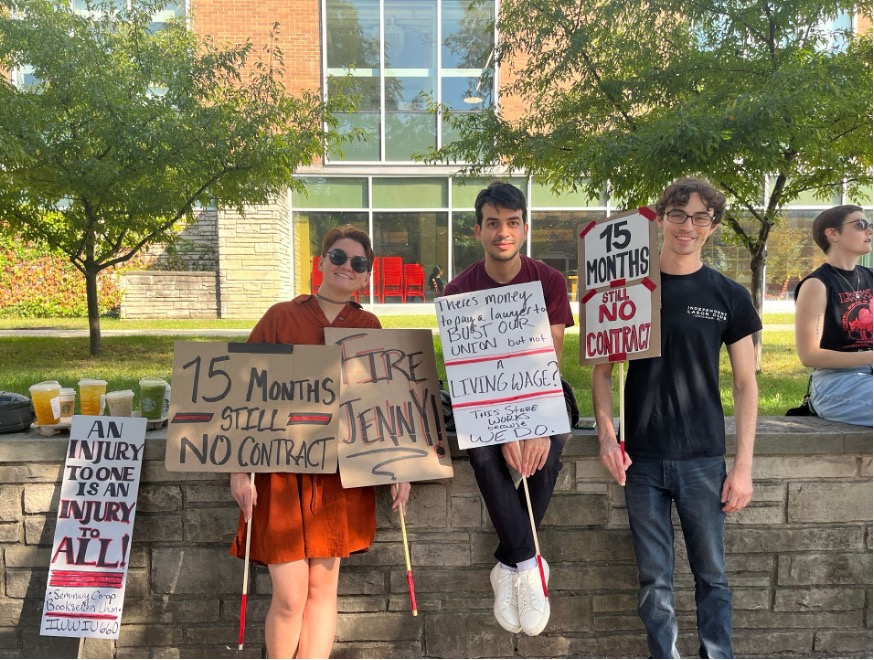The Bulletin of the Atomic Scientists, most famous for its Doomsday Clock, moved its headquarters from downtown Chicago to the Harris School of Public Policy on September 30.
The clock, currently set at six minutes to midnight, gauges how far humanity is from catastrophic destruction by nuclear weapons, climate change, and biological terrorism.
Headquartered on the U of C campus for 60 years, the Bulletin moved to the Loop in 2007 for more office space, but is returning in order to foster its relationship with students and faculty at the University.
Within the next year, the Bulletin hopes to create internship programs and volunteer opportunities in graphic design and research for both undergraduate and graduate studnets.
“We are now closer to the research [at the U of C] and hope to make it more accessible,” said Kennette Benedict, executive director and publisher of the Bulletin. “We would very much like to be more involved with students and faculty at the University.”
Professor of physics, astronomy, and astrophysics Bob Rosner stepped down as director and chief scientist of Argonne National Laboratory to return to the Bulletin’s Science and Security Board, Benedict said. According to Benedict, Rosner called the move to the Harris School “an offer we couldn’t refuse.”
Manhattan Project physicists founded the organization as the Bulletin of the Atomic Scientists of Chicago after the 1945 atomic bombings of Nagasaki and Hiroshima and created the Doomsday Clock in 1947.
Today, the Bulletin’s primary goal is to educate people worldwide about nuclear weapons and energy policy, climate change, biological and global security, and new technologies. “[It] is a vehicle for informing people [with knowledge] from leading experts who follow this eagerly,” Benedict said.
The Bulletin will hold its second annual symposium in Washington D.C. in early November. The symposium, which attracts hundreds of academics worldwide, aims to analyze the events of the past year relating to nuclear policy, climate change, international relations, and modernizations. It also decides if the time on the Doomsday Clock should be changed—this January, the Bulletin changed the time from five to six minutes to midnight.



